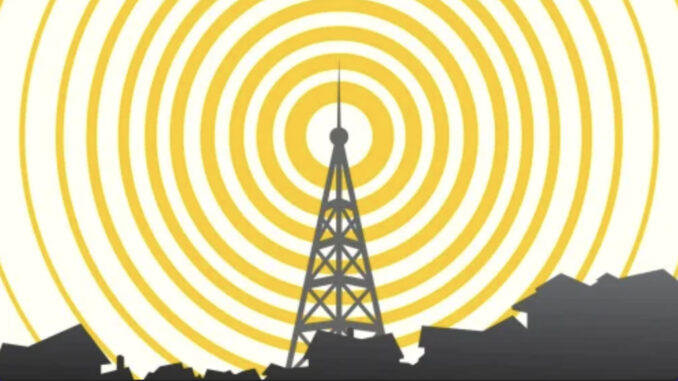
PARAMUS—Josh Gottheimer (D-5) says he’s going to announce action against automakers discontinuing AM radio in electric vehicles. Should AM be discontinued, he warns, public safety would be put at risk.
Backed by local officials and first responders, he’ll be speaking on Tuesday, March 21 at 11 a.m. near the Tesla showroom in Paramus, 556 NJ-17 North.
Gottheimer said in the press release touting his appearance that AM radio is “a vital public safety and emergency management tool that has served as the sole lifeline during times of crisis like 9/11 and Hurricane Sandy.”
He said, “Car manufacturers, like Elon Musk’s Tesla, are considering cutting AM radio from their new production vehicles — threatening the 47 million Americans who listen to AM radio, who represent around 20% of the radio-listening public, and putting public safety and national emergency management at risk.”
According to Axios, which is owned by Cox Enterprises, AM radio is one of the critical ways that federal, state, and local officials communicate with the public during natural disasters and other emergencies. If drivers don’t have access, they might miss important safety alerts.
From Axios:
Automakers say EVs’ electric motors interfere with AM frequencies, creating annoying buzzing noises and faded signals.
Sen. Ed Markey (D-Mass.), a member of the Commerce, Science, and Transportation Committee, wants car companies to maintain free access to broadcast radio as a public safety measure.
Seven former Federal Emergency Management Agency (FEMA) administrators also raised the issue in a recent letter to Transportation Secretary Pete Buttigieg and several congressional committees, per the Wall Street Journal.
The other side: Automakers say consumers are moving away from radio and television for news and information, and so the government’s emergency management system needs to adapt to new technologies, too.
Those that have dropped AM radio say customers can still access transmissions in other ways, such as through digital streaming packages or Bluetooth connections to smartphone apps (though such services sometimes require a subscription).
The trade association Alliance for Automotive Innovation also points out that FEMA’s public warning system is designed to provide redundant alerts across multiple outlets: text messages, the Emergency Alert System on radio and television stations, and the National Oceanic and Atmospheric Administration’s weather radio.
“The intent is not for the public to rely on one sole source to receive the alerts but to create a ‘net’ of sources in which the public can receive them,” Garrick Francis, vice president of federal affairs for the alliance, wrote in a letter to Markey.
Yes, but: “Although many automakers suggested that other communication tools — such as internet radio — could replace broadcast AM radio, in an emergency, drivers might not have access to the internet and could miss critical safety information,” says Markey.
“The truth is that broadcast AM radio is irreplaceable.”
By the numbers: Terrestrial radio (both AM and FM) reaches 92% of the U.S. population, more than any other medium, according to media tracking firm Nielsen. Nearly 50 million people listen to AM radio, according to Nielsen figures provided by the National Association of Broadcasters.
